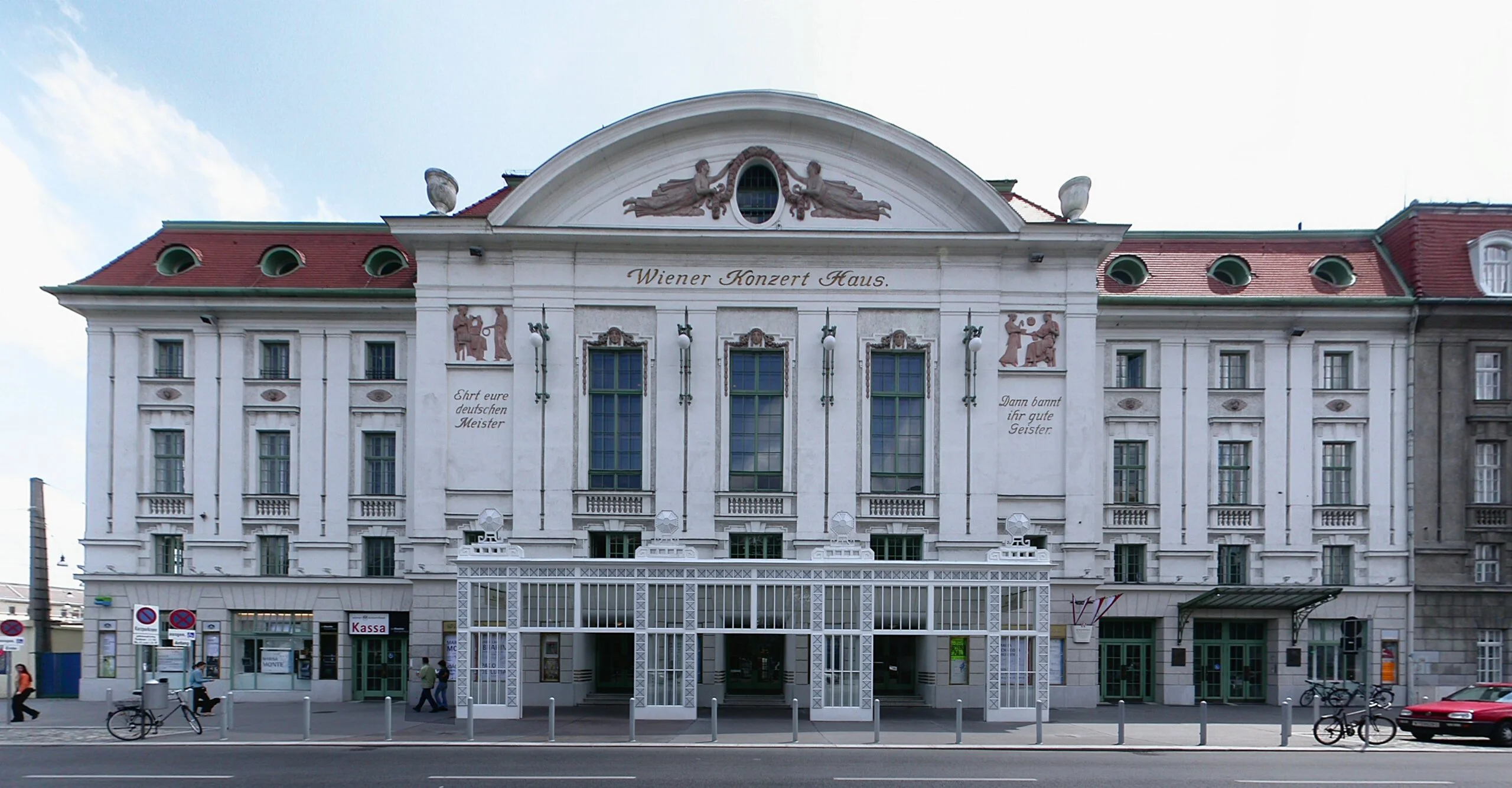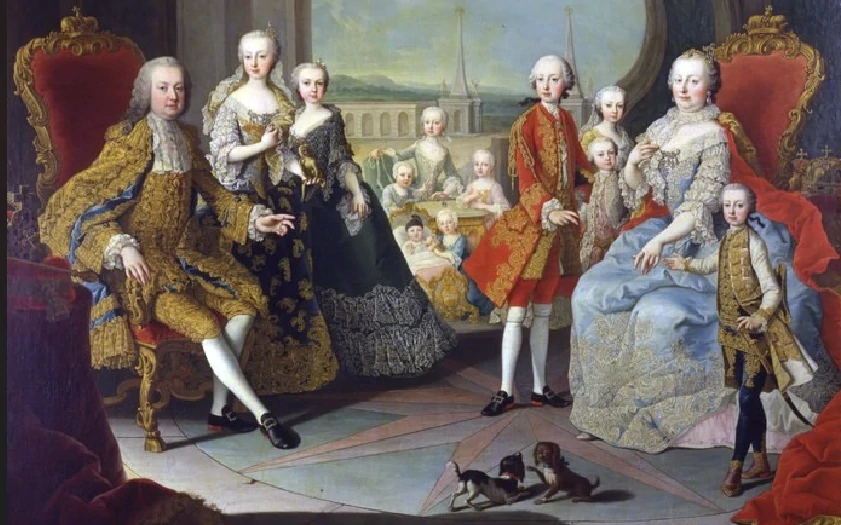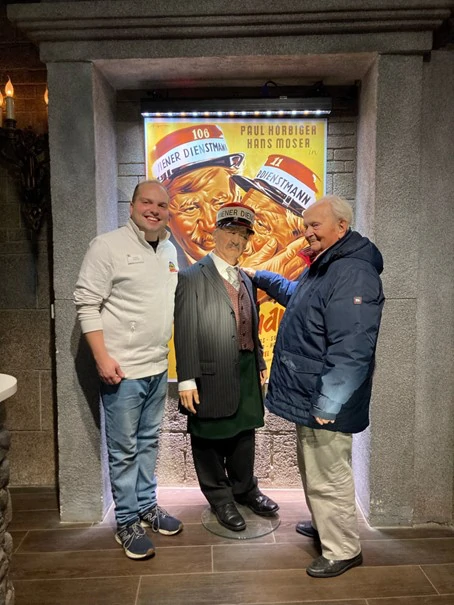Where is the Vienna Concert Hall located? For what reasons was it built and when? Who were the architects? What does the program look like at the Wiener Konzerthaus these days?
In 1890, the idea was born to build a house for music festivals that would appeal to all classes of the population , as opposed to the elitist Musikverein. The architect Ludwig Baumann designed an area that would include concert halls, an ice skating rink (which was also realized right next to the concert hall) and an open-air arena for about 40,000 visitors . The latter did not materialize, and the Intercontinental Hotel was built instead. The Viennese theater architects Fellner and Helmer , who were active throughout the monarchy, went to work together with Ludwig Baumann and built from 1911 to 1913 the Vienna Concert Hall in the architecture of Art Nouveau. Emperor Franz Joseph personally was present at the opening in October 1913. Richard Strauss performed and Beethoven’s 9th Symphony was heard. Fellner and Helmer also built the Ronacher and the Volkstheater in Vienna. They were recognized specialists in theater construction and built many works not only in Vienna, but also in surrounding cities such as Brno, Prague and Budapest. The main entrance is located on Lothringerstraße parallel to Ringstraße. Further entrances and exits are also located in Lisztstraße and at Heumarkt. The three main concert halls are:
- Great hall with a capacity of 1865 seats and the Rieger organ
- Mozart Hall with a capacity of 704 seats
- Schubert Hall with a capacity of 366 seats
- Berio Hall with a capacity of 400 seats (was not built until the renovation of the concert hall in 1998-2002.
The special feature is that all halls can be played loudly at the same time without interfering with each other in terms of acoustics. The entire building complex also houses the University of Music and Performing Arts and the Akademietheater. The inscription on the front of the building at the main entrance, “Honor your German masters, then you will be good spirits” , is taken from a quote from Richard Wagner ‘s opera “Die Meistersinger von Nürnberg“. The original model of the Beethoven statue on the square of the same name opposite stands in the foyer and commemorates another German master. When the monarchy collapsed in 1918, the concert hall was used in a variety of ways. Not only for concerts, but also for events, dances, balls, lectures , etc. In 1938, after the annexation of Austria to the German Reich, there were hardly any performances. Many artists emigrated. Which was to change again in 1945. World premieres were given again, even jazz and pop concerts. Nowadays, the Wiener Konzerthaus is the main venue for the Vienna Symphony Orchestra.
The Klangforum Wien and the Vienna Chamber Orchestra also play here.
Of course, the Vienna Philharmonic and foreign orchestras are also welcome guests.
The Wiener Singakademie has been singing at the Wiener Konzerthaus since 1913. Traditionally, the Bonbon Ball is held at the Vienna Konzerthaus. Festivals such as the Vienna Spring Festival, the International Music Festival or Wien Modern in the fall are on the program. The National Day Concert has been held at the Vienna Konzerthaus since 2014. A total of around 800 concerts can be attended each year. Time Travel Tip: You can also visit the Wiener Konzerthaus as part of a one-hour guided tour. You will get a glimpse behind the scenes, into the soloists’ rooms, orchestra dressing rooms, backstage area. Maybe even a short rehearsal visit is possible. Image source: https://commons.wikimedia.org/wiki/File:Konzerthaus_110606.jpg?uselang=de



